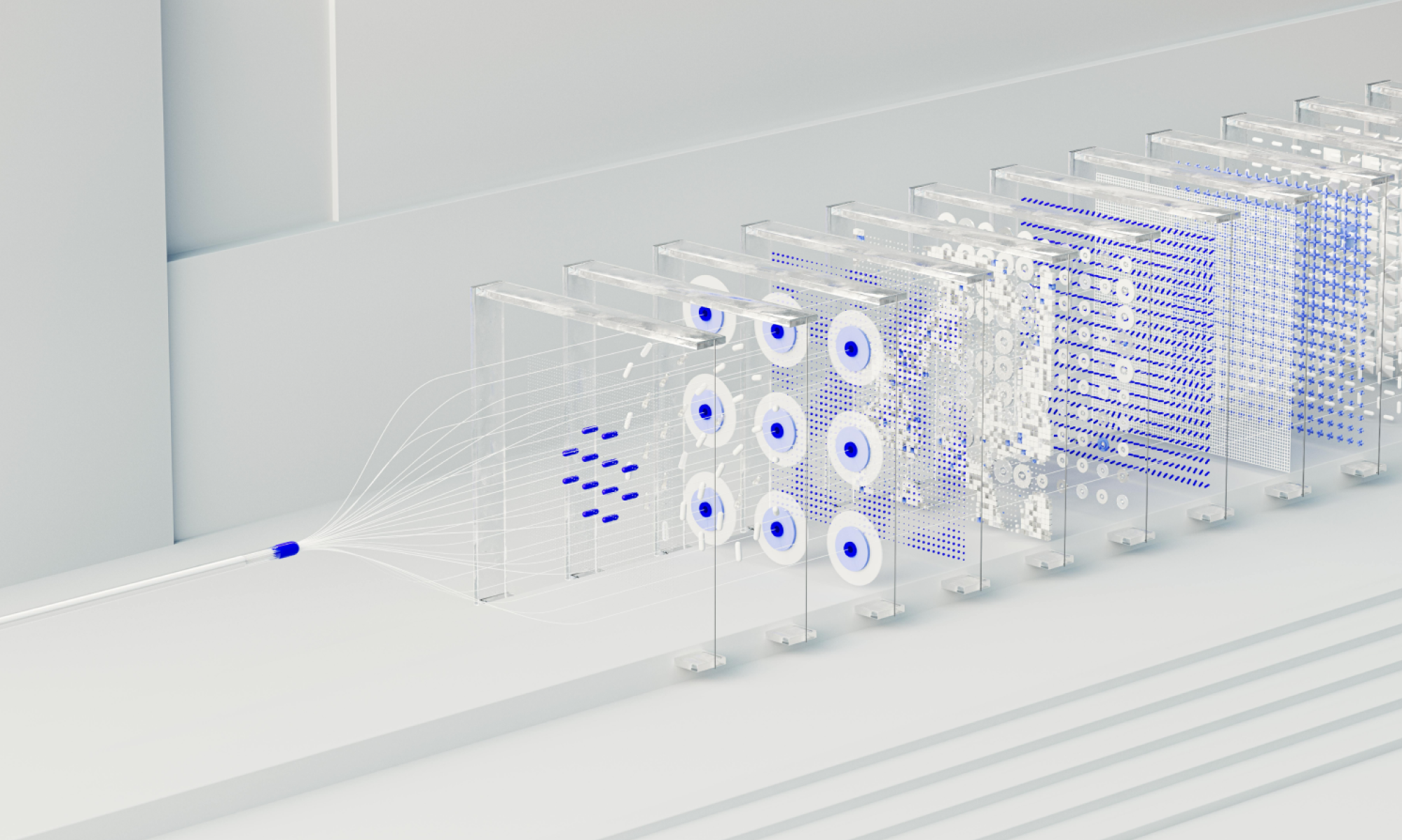AI
our blog
Vibe Coding: Why Product Teams Are Paying Attention

The recently coined term vibe coding has surged in popularity, quietly transforming how product teams build, prototype and explore ideas. While it might sound abstract, it’s rooted in something tangible: the ability to create high-fidelity UI and functionality through natural language prompts, rather than traditional coding or design workflows.
We’ve been experimenting with a few of these tools at Studio Graphene and we’re finding them increasingly powerful in our day-to-day. As a digital product studio, where speed, clarity and collaboration matter immensely, vibe coding is changing how we move from idea to insight.
At its core, vibe coding is about using AI-powered tooling to turn loose ideas or prompts into real, testable outputs. Think: writing “dashboard with graphs and user filters” and getting an interactive interface to work with – no Figma file, no dev ticket, no backlog item. These tools act as collaborators: fast, flexible and increasingly creative.
It’s not about replacing traditional coding; it’s about accelerating ideation and enabling non-technical team members to explore solutions. You still need real engineers to build scalable products, but you don’t need to involve them every time you want to see what an idea could look like.
One of the biggest advantages we’ve seen is in rapid prototyping. Previously, if we wanted to show a client what a product flow might feel like, we’d need a designer, a few reviews and perhaps a lightweight build. Now, with tools like Lovable, we can spin up a vibe-coded version in minutes. It’s not perfect, but it’s expressive enough to align everyone.
This shift has proven especially powerful in early-stage discussions. Vibe coding lets us test assumptions and validate ideas quickly – before investing time and budget into building. It’s helped us reduce the risk of developing features that might not land, and it’s given clients a much clearer sense of direction.
It’s also improved how we collaborate internally. By giving product, design and engineering teams a shared visual starting point, we’ve reduced ambiguity and kept the conversation focused on the user experience. Everyone’s talking about the same thing, because they can see it.
That naturally leads to the question: does this mean engineers are being replaced? The short answer is no. These tools don’t replace the skill, depth or context engineers bring to a project. They don’t handle scale, performance, security or maintainability. What they do brilliantly is remove the barriers to starting. They help us explore ideas without pulling engineering away from higher-priority work.
In that sense, vibe coding is more like a conversation starter. It’s a way to prototype in the language of the web, not just wireframes. And when engineers do use it, they often find it speeds up their own workflows – testing UI patterns, building internal tools or quickly validating concepts.
We’ve been integrating vibe-coded prototypes more and more into how we work. Whether it’s spinning up an MVP for internal review, creating a proof-of-concept for a pitch, or exploring a new feature idea before design gets involved – it’s become a low-cost, high-speed way of getting alignment.
Of course, these tools have their limitations. The UI output isn’t perfect, certainly not at the level we’d expect from a designer. And the platforms are still early in their development – but the results are improving quickly. That’s part of the point: vibe coding isn’t about perfection. It’s about speed, exploration and reducing the friction to testing new ideas.
Vibe coding represents a real shift in how product teams collaborate. It empowers product managers and designers to think more creatively, validate more confidently and communicate more clearly. And it frees engineers to focus on building the things that truly matter.
Like all good tools, it doesn’t do the work for you – but it removes the friction to getting started. And in product development, that’s often the hardest part. If you’re not already experimenting with vibe coding, now’s the time. The tools are ready. The potential is real. And the vibe? Immaculate.









